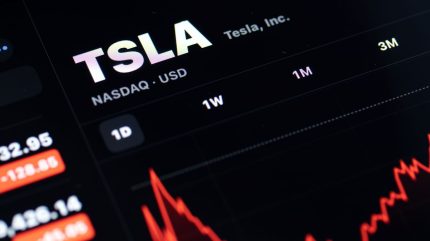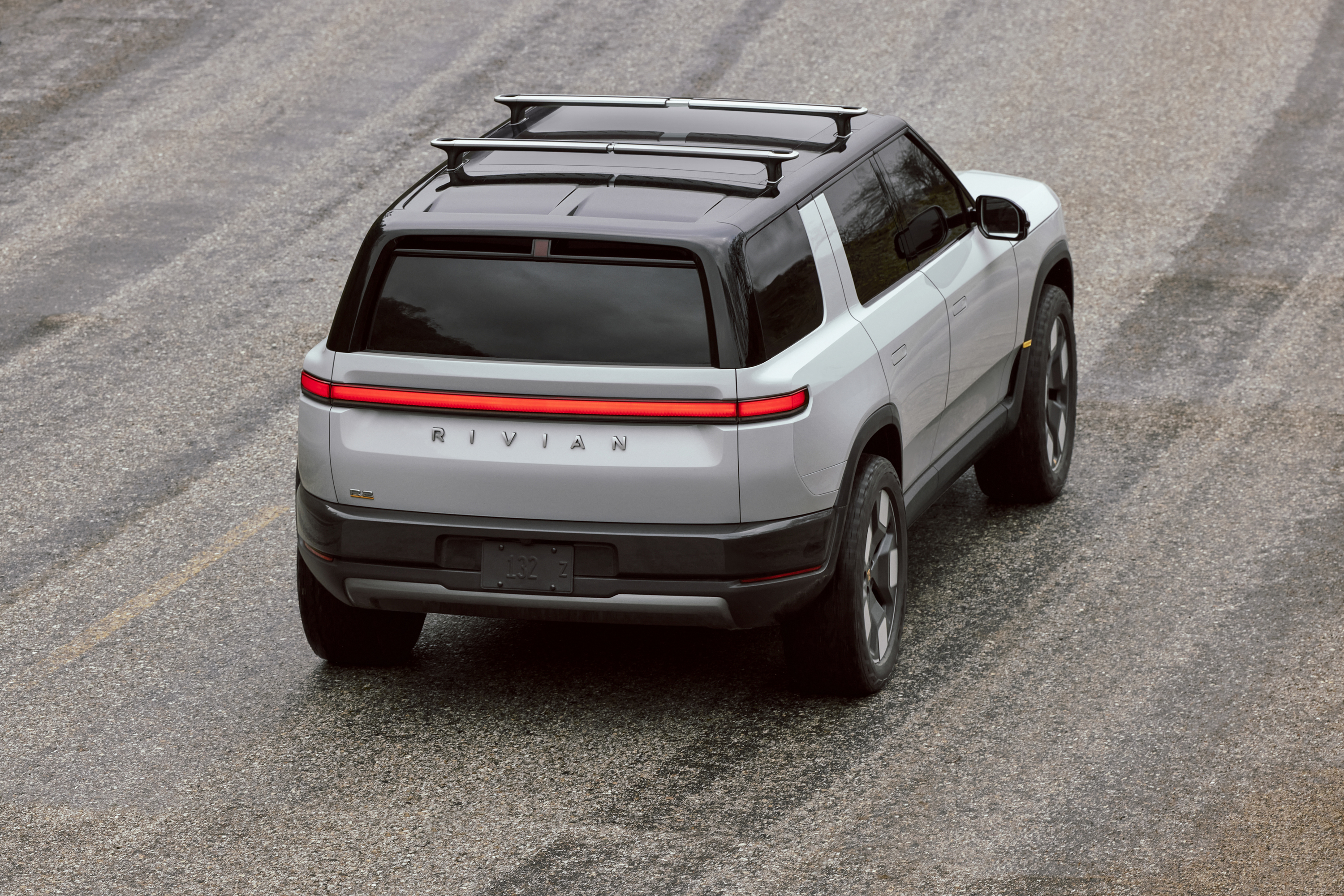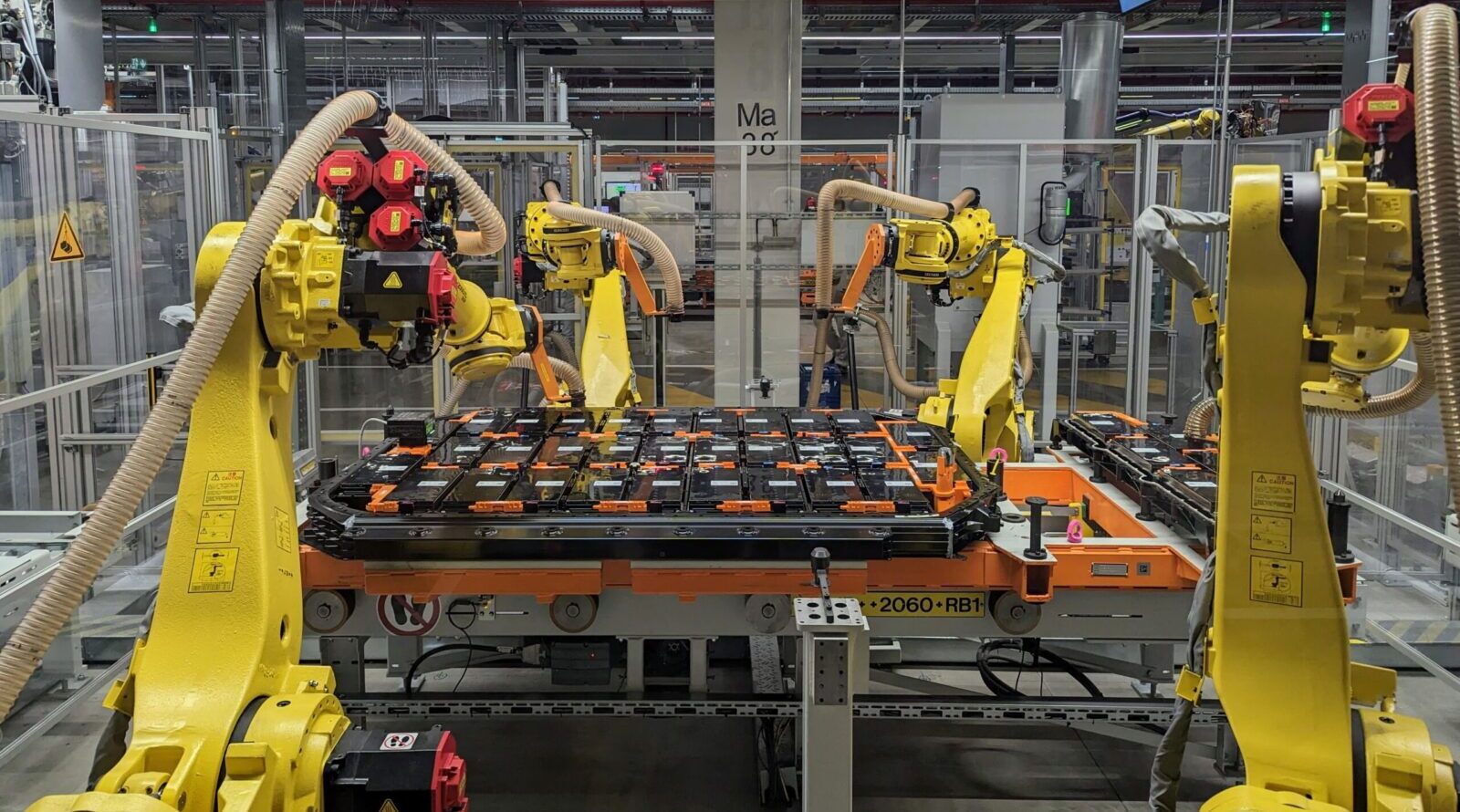
Sign up for daily news updates from CleanTechnica on email. Or follow us on Google News!
Recycling lithium-ion batteries is the way to go, according to a new Stanford University lifecycle analysis published in Nature Communications. That’s because recovering the critical metals from used lithium-ion batteries (LIBs) has significantly lower environmental impacts than does mining virgin metals. Recycling critical materials in end-of-life LIBs can help alleviate growing environmental concerns and is essential for the long-term sustainability of electrified transportation.
“This study tells us that we can design the future of battery recycling to optimize the environmental benefits. We can write the script,” said William Tarpeh, assistant professor of chemical engineering at Stanford University and the study’s senior author. “We’re forecast to run out of new cobalt, nickel, and lithium in the next decade. We’ll probably just mine lower-grade minerals for a while, but 2050 and the goals we have for that year are not far away.”
Most of the study’s data for battery recycling came from Redwood Materials in Nevada — North America’s largest industrial-scale lithium-ion battery recycling facility. While recycled materials may not contribute substantially to global LIB demand for decades, the establishment of domestic circular supply chains is iterative, requiring multiple learning curves as the dominant supply of end-of-life LIB chemistries and form factors evolve and as supply grows.
Why are lithium-ion batteries so important? The rise of intermittent renewable energy generation and vehicle electrification has created exponential growth in lithium-ion battery production beyond consumer electronics. By 2030, the electric vehicle sector is projected to dominate LIB growth, accounting for 82% of an estimated 2.4 TWh yr−1 of total global LIB production.
How does lithium-ion battery recycling work? Lithium-ion battery recyclers source materials from two main streams: defective scrap material from battery manufacturers, and so-called “dead” batteries, mostly collected from workplaces. The recycling process extracts lithium, nickel, cobalt, copper, manganese, and aluminum from these sources.
How did the study authors conduct their research? They quantified the refinement of mined concentrate from natural deposits into battery-grade materials in conventional supply chains and compared them with production of these materials by Redwood Materials in Nevada in 2021. Redwood Materials is the battery recycling company founded by former Tesla chief technology officer, JB Straubel. Two LIB feedstocks were explored: non-energized LIB production scrap from manufacturing facilities and energized end-of-life LIBs collected from consumers.
How many emissions were saved with recycling? The study examined the environmental footprint of the Redwood recycling process and found it emits less than half the greenhouse gases (GHG) of conventional mining and refinement of these metals. It uses about one-fourth of the water and energy of mining new metals. The environmental benefits are even greater for the scrap stream, which comprised about 90% of the recycled supply studied, coming in at: 19% of the GHG emissions of mining and processing, 12% of the water use, and 11% of the energy use. While it was not specifically measured, reduced energy use also correlates with less air pollutants like soot and sulfur.
Why does a recycling facility’s location make a difference? Battery recycling’s environmental impacts depend heavily on the processing facility’s location and electricity source. “A battery recycling plant in regions that rely heavily on electricity generated by burning coal would see a diminished climate advantage,” said Samantha Bunke, a PhD student at Stanford and one of the study’s three lead investigators. “On the other hand, fresh-water shortages in regions with cleaner electricity are a great concern.”
Redwood Materials in Nevada benefits from the western US cleaner energy mix, which includes hydropower, geothermal, and solar.
Does transportation play a role in lowered emissions through recycling? In the mining and processing of cobalt, for example, 80% of the global supply is mined in the Democratic Republic of the Congo. Then, 75% of the cobalt supply for batteries travels by road, rail, and sea to China for refining. Meanwhile, most of the global supply of lithium is mined in Australia and Chile. Most of that supply also makes its way to China.
JB Straubel acknowledges that Redwood is attempting to break China’s stranglehold on battery materials by creating a domestic loop using recycled critical metals. “It’s just shocking to me,” Straubel said, “given how much battery capacity is either online now or being built, and yet 100% of its supply chain is imported.”
The Stanford study concluded that the total transport distance for conventional mining and refining of just the active metals in a battery averages about 35,000 miles (57,000 kilometers). “That’s like going around the world one and a half times,” said Michael Machala, PhD, also a lead author of the study. The equivalent process for battery recycling is collecting used batteries and scrap, which must then be transported to the recycler. “Our estimated total transport of used batteries from your cell phone or an EV to a hypothetical refinement facility in California was around 140 miles (225 kilometers).”
Doesn’t lithium-ion recycling need lots of fossil fuel power? Yes, conventional pyrometallurgy, a key refining step, is very energy intensive — it usually need more than 2,550 degrees Fahrenheit (1,400 degrees Celsius). Redwood Materials, however, has patented a process called “reductive calcination.” It requires lower temperatures, does not use fossil fuels, and yields more lithium than conventional methods.
“Other pyrometallurgical processes similar to Redwood’s are emerging in labs that also operate at moderate temperatures and don’t burn fossil fuels,” said the third lead author, Xi Chen, a postdoctoral scholar at Stanford during the time of research and now an assistant professor at City University of Hong Kong. “Every time we spoke about our research, companies would ask us questions and incorporate what we were finding into more efficient practices. This study can inform the scale-up of battery recycling companies, like the importance of picking good locations for new facilities. California doesn’t have a monopoly on aging lithium-ion batteries from cell phones and EVs.”
Final Thoughts
While the US now recycles about 50% of available lithium-ion batteries, it has successfully recycled 99% of lead acid batteries for decades.
Lithium-ion batteries contain materials with up to 10 times higher economic value. With even more used batteries available as the years go by, recycling systems will likely continue to evolve from collection to processing back into new batteries with minimal environmental impact. With notable success in recycling, more battery manufacturers will likely consider recyclability in their future designs.
Chip in a few dollars a month to help support independent cleantech coverage that helps to accelerate the cleantech revolution!
Have a tip for CleanTechnica? Want to advertise? Want to suggest a guest for our CleanTech Talk podcast? Contact us here.
Sign up for our daily newsletter for 15 new cleantech stories a day. Or sign up for our weekly one if daily is too frequent.
CleanTechnica uses affiliate links. See our policy here.
CleanTechnica’s Comment Policy



